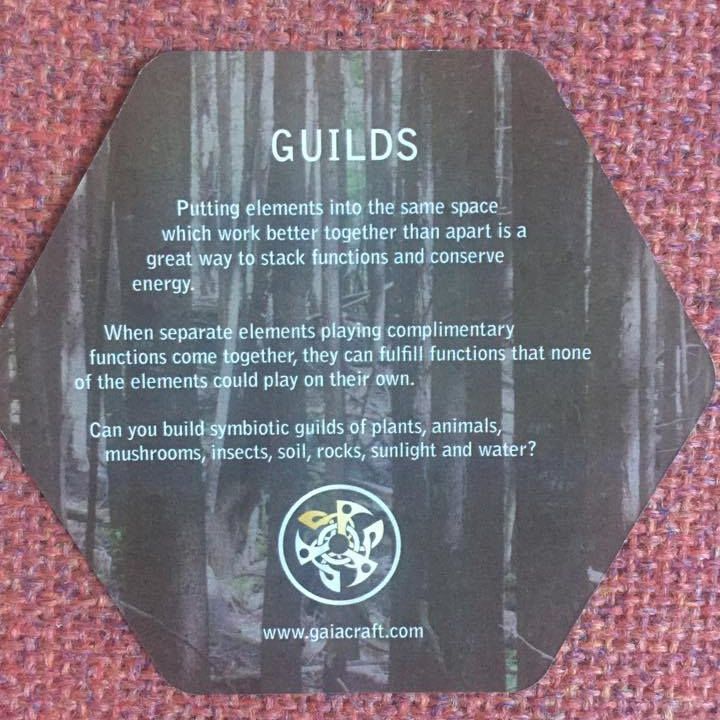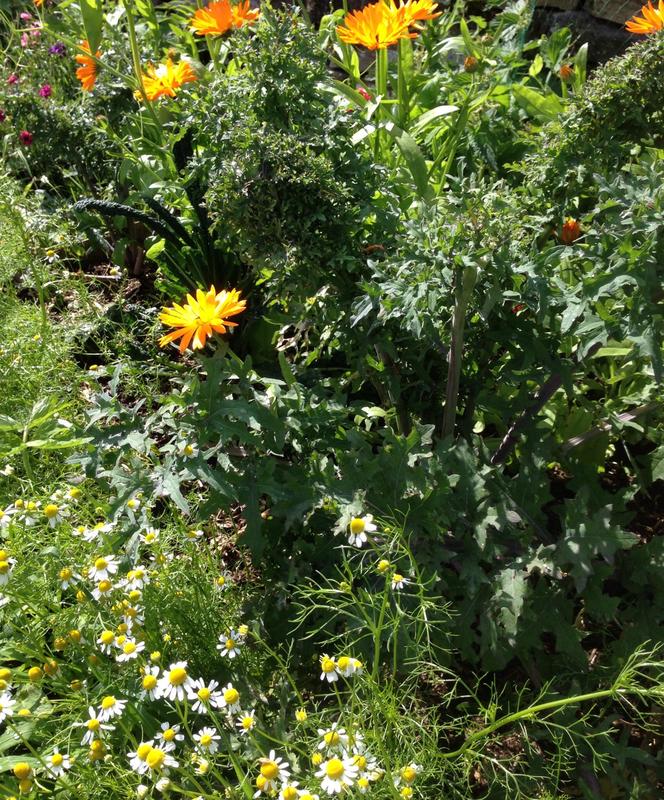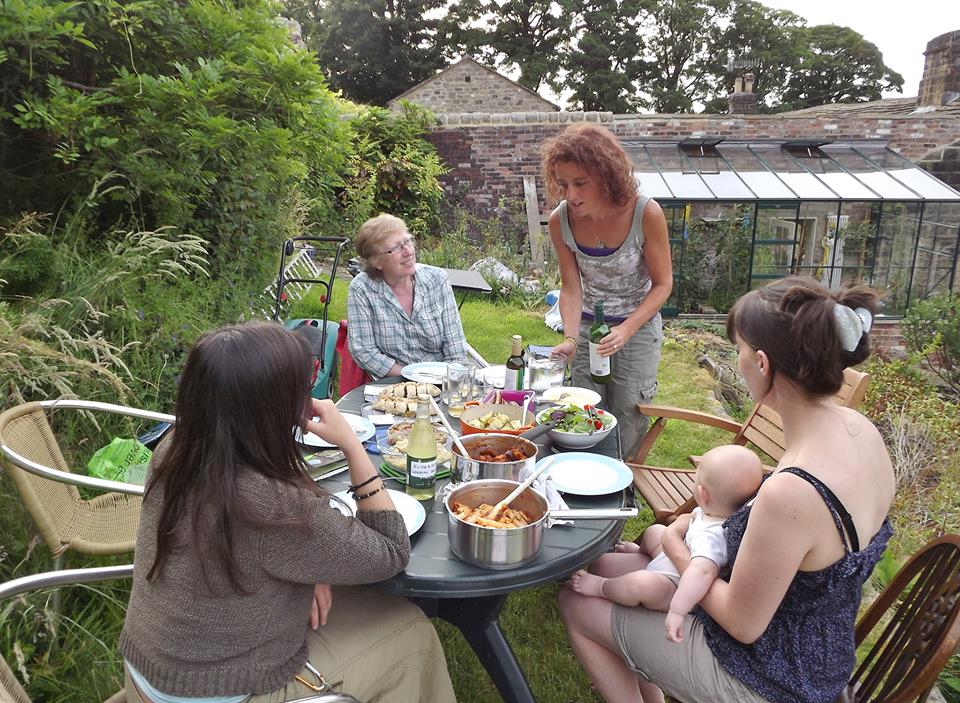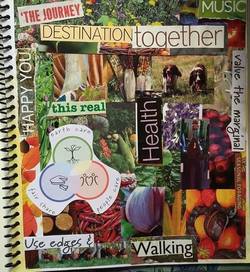 Guilds. Part of my series about permaculture design tools, inspired by permaculture design cards by GaiaCraft, exploring how each tool can be used in regenerative design for Land, Communities and Ourselves. LandAn example of creating guilds as part of land based design can be found in my various Edible Garden designs. Growing a variety of plants in the same area can create many functions and beneficial connections. In addition, these plant guilds can then provide optimum environments to attract beneficial insects and soil life and fertility, so increasing the diversity of the guild. CommunityThe Diploma in Applied Permaculture Design encourages us to form guilds with other apprentices. Throughout my Diploma I was a member of several different Guilds which functioned in different ways. Initially I was part of a Guild of apprentices who had been on my first Permaculture Design Course, and we then signed up to do the Diploma at the same time. We connected via Skype on a regular basis. Later on in my Diploma I was part of a guild of Diploma apprentices who lived in the same geographical area and we took it in turns to host meetings at our various homes. Permaculture events, (Diploma gatherings, convergences), have also been great opportunities to participate in 'pop-up' guilds with other apprentices attending the event. I'm now part of a guild of Diploma tutors who meet via Skype. For more information about how guilds are used in the Diploma system click here. OurselvesFor me, creating guilds in my personal life is about designing a balance of activities which connect and bring balance to my physical, emotional, spiritual and social wellbeing. Work, diet, exercise, socialising, spiritual practice and 'pause' time are all important elements in my life guild and I review and reflect on their roles in the guild on a regular basis to ensure the balance is a beneficial one.
2 Comments
|
Permaculture Design ToolsInspired by permaculture design cards by GaiaCraft, this page features a range of permaculture design tools, and explores how they can be used in regenerative design for Land, Communities and Ourselves ArchivesCategories |



 RSS Feed
RSS Feed